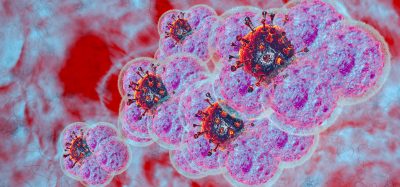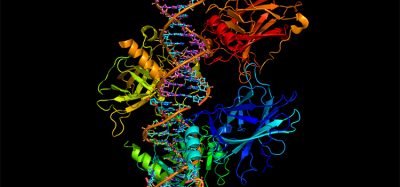Cracking the code of influenza evolution
Posted: 4 August 2023 | Taylor Mixides (Drug Target Review) | No comments yet
Researchers provide new insights into viral evolution and have significant implications for understanding and predicting the behaviour of influenza and other mutating diseases.

Published in Science Advances, scientists at St. Jude Children’s Research Hospital have unravelled a crucial aspect of the constantly evolving influenza (flu) virus by shedding light on why and how flu viruses change through acquiring new mutations. The research introduces the “survival of the accessible” model, complementing the widely recognised “survival of the fittest” concept of evolution.
Viruses, including the flu virus, undergo rapid evolutionary changes due to genetic mutations. This is why an annual flu shot is necessary, as each year brings new dominant strains to combat. Conventionally, mutations were viewed through the lens of “survival of the fittest,” where the most advantageous variant would prevail in a population. However, the St. Jude team discovered another critical evolutionary principle, “variant accessibility,” which plays a pivotal role in shaping viral evolution.
The study focused on understanding how mutations occur in the genetic alphabet, represented by four nucleotides (A, T, G, and C). These nucleotides form groups of three called codons, acting as recipes for protein assembly by encoding specific amino acids. The research revealed that not all mutations have an equal likelihood of occurring due to inherent biases in the genetic replication process. For example, certain mutations, like an A-to-C alteration, might be more accessible than others, leading to a larger pool of mutants. As a result, variants with these accessible mutations are more likely to dominate, even if there might be fitter alternatives with less accessibility.
To quantify this phenomenon, they developed a mathematical model of mutational accessibility, using the influenza virus as a case study. This model enables researchers to predict the future evolution of a virus based on the accessibility of specific mutations. The researchers also explored how certain protein sites gain or lose the ability to be modified after acquiring a mutation and how these modifications influence the protein’s function.
The model offered a deeper understanding of “jackpot events,” which are chance mutations that occur early in a population’s growth, leading to continuous benefits for future generations. The accessibility of specific mutations plays a pivotal role in determining the frequency of these jackpot events, even if the resulting mutation is less fit compared to others.
The implications of this research extend beyond influenza to other diseases, including cancer. By quantifying and understanding mutational biases driving viral and tumour evolution, the model has the potential to predict outcomes before they happen. This predictive power is of great significance in public health scenarios, such as selecting the most appropriate vaccines for future influenza strains or identifying worrying traits in viruses more confidently.
In conclusion, the “survival of the accessible” model opens new avenues of research and provides a powerful tool to predict mutational outcomes in evolving genetic systems. Armed with this knowledge, researchers can better prepare for and respond to the ever-changing landscape of mutating diseases.
Related topics
Drug Delivery, Drug Development, Drug Discovery, Targets
Related organisations
St Jude Children’s Research Hospital







